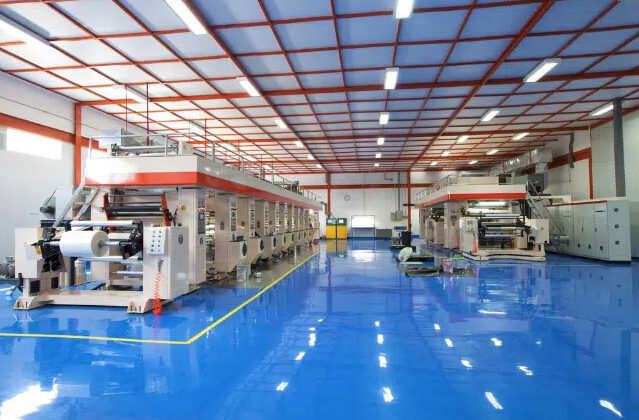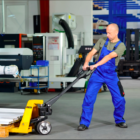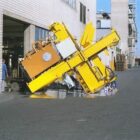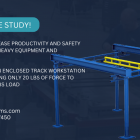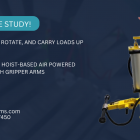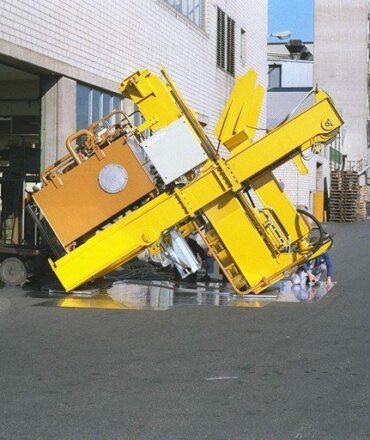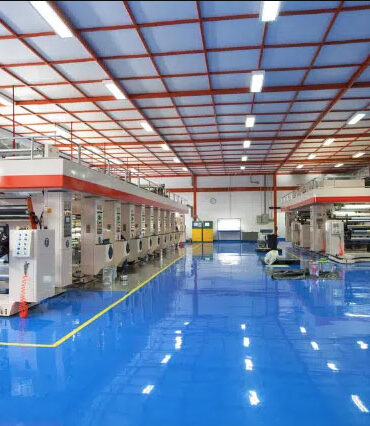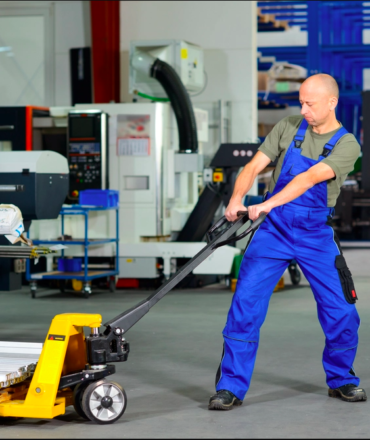Industrial floor surfaces often prove more delicate than commonly perceived, making them susceptible to damage and displaying signs of wear and tear easily if not adequately protected. Preserving floor conditions can be challenging, given the various factors that can lead to extensive and costly damage, impacting both operations and safety.
Exploring effective industrial floor protection methods becomes crucial to ensure the longevity of these surfaces and instill confidence in their ability to withstand the test of time.
Air Casters and Surface Preservation:
Not all machinery and equipment used for load movement pose a threat to industrial floors. Air casters stand out as a notable exception. Unlike conventional wheeled counterparts found in most industrial settings, air casters don’t roll over the floor’s surface; instead, they float above it. Utilizing compressed air, these donut-shaped elements create a thin film of air between the load and the ground, allowing the load to hover above the floor surface.
Efficient use of air casters hinges on the quality of the industrial floor surface. Issues like porous surfaces, cracks, or gaps can impede the maintenance of the wafer-thin, frictionless air film that keeps the load afloat. In such cases, remediation or repairs may be necessary. Modern solutions like epoxy treatment are popular, and simpler adjustments, such as a plastic or thin sheet metal overlay, can also suffice. Once these modifications are implemented, air casters effortlessly glide over floors, even those with rough or uneven surfaces, without causing further damage. Additionally, the grinding noise associated with heavy equipment on floor surfaces is significantly reduced or eliminated.
Case Studies
Click Below to Download Handling Automotive Assembly
Have Question/Query? Fill this Form to send us a message, we will get back to you shortly!

